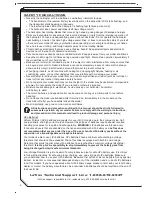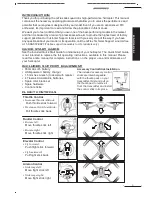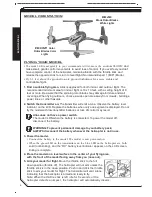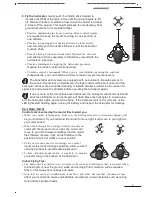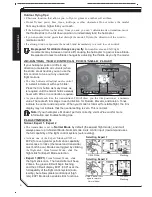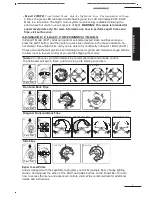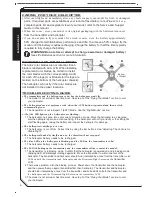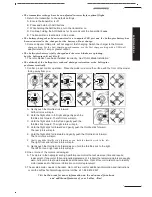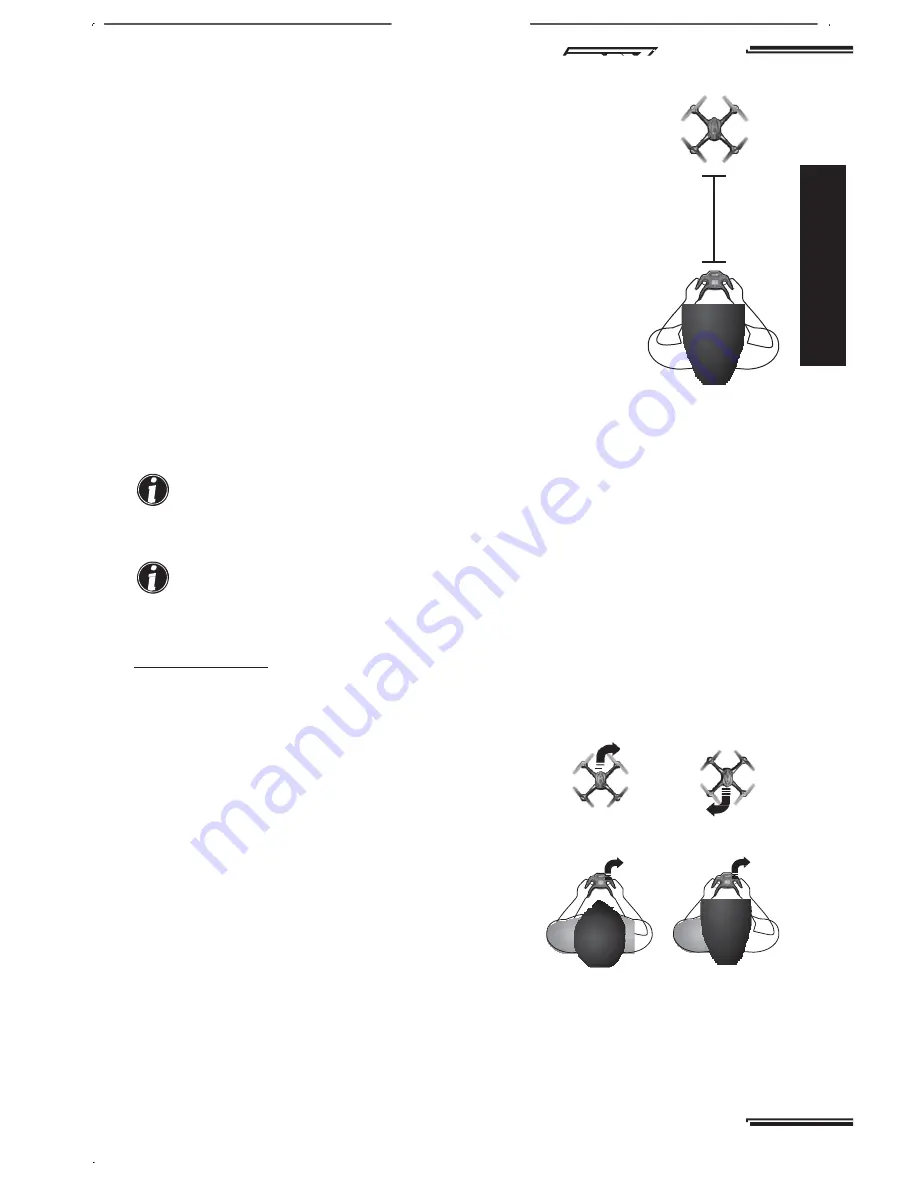
E
N
G
L
I
S
H
6. Fly the helicopter.
Gently push the throttle stick forward to
increase the RPM of the main rotors until the model begins to lift
off. Reduce throttle to maintain a hover when the model is at least
2
–3 feet off the ground. This height will keep the model away from
ground turbulence for more stable flight.
• Practice maintaining the hover position. Minor control inputs
are required to keep the model hovering in one spot and at
one altitude.
• Practice increasing and reducing altitude. To land, slowly
and smoothly pull the throttle stick back until the helicopter
touches down.
• Practice flying forward and backward. Operate the elevator
and aileron controls separately to familiarize yourself with the
helicopter
’s response.
• Practice rotating and stopping the helicopter precisely.
Operate the rudder control while hovering.
• Combine control commands. When you are comfortable operating the controls
independently, you can combine controls to make very precise maneuvers.
The transmitter and receiver are equipped with an automatic fail-safe system. In
the event of signal loss or interference, the flight control will be shut down and the
helicopter will execute a controlled landing. If failsafe activates, determine the reason for
signal loss and resolve the problem before operating the helicopter again.
If one or more of the rotor blades are obstructed, the helicopter will disarm itself and
all of the LED lights on the helicopter will flash. Move the helicopter to a clear area,
arm the helicopter again, and continue flying. If the helicopter will not fly correctly or the
LED lights start flashing again, unplug the battery and inspect the helicopter for damage.
FLYING TIPS
Controls are reversed as the model flies toward you.
• When your model is flying away from you, the helicopter reacts to direction changes just
as you command. If you command the model to move right, it will move to your right as
you commanded.
• When the helicopter is coming toward you and you
command the model to move right, the model will
move to your left. Always remember that the model
flies forward, reverse, right, and left relative to the
position of itself, not relative to your position.
• Until you become used to reversing your control
inputs as the model changes direction, allow yourself
extra flying room to accommodate pilot error.
• To help with directional control, it may help to imagine
yourself sitting in the cockpit of the helicopter.
Indoor Flying Tips:
• The helicopter is sensitive to air currents in the room and turbulence that is created when
the helicopter is near the ground, walls, and ceilings. Pilot correction will be required.
Stay 2-3 feet away from ceilings and walls.
• Note that air vents, air conditioners, room fans, and other devices that circulate air may
affect your model and cause unpredictable movements. Avoid obstacles such as ceiling
fans and fire sprinkler heads.
5


